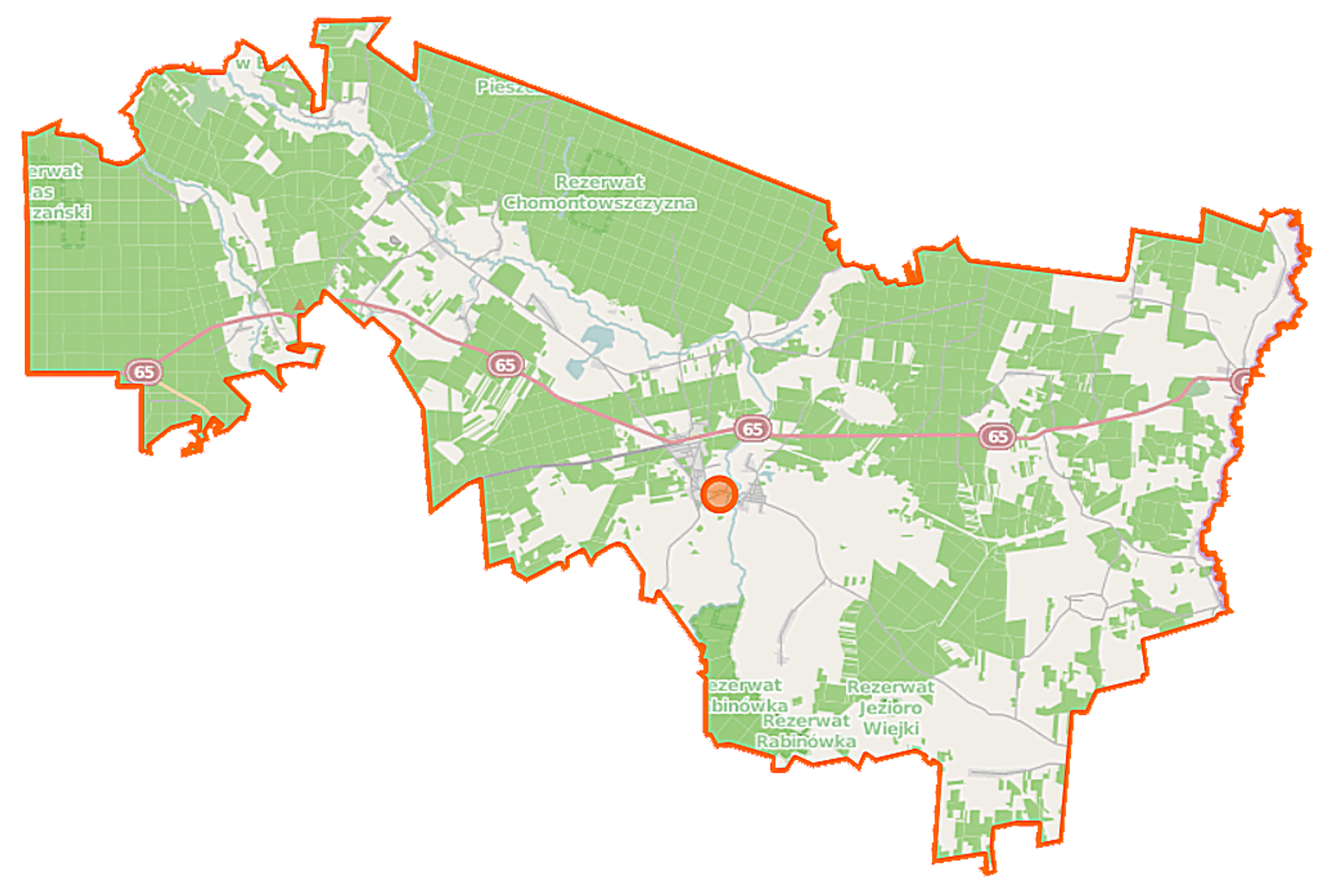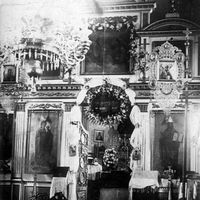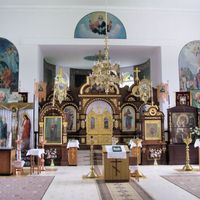Gródek
7.86

Overview
Gródek is a rural municipality in Poland, located in the Podlaskie Voivodeship, within the Białystok County, with its administrative seat in the town of Gródek. The history of the municipality dates back to the 11th–12th centuries, when it was an important stronghold on the Grodno–Bielsk–Drohiczyn route, inhabited by the Chodkiewicz family. Its peak development occurred in the 15th and 16th centuries, but after the death of Grzegorz Chodkiewicz, the town declined. During the 18th century, amid wars—particularly the Swedish invasion—the local population suffered significant losses. In 1793, Gródek was incorporated into Prussia and later into Russia. In the 19th century, after the construction of the Białystok–Wołkowysk railway line, the municipality began to develop, especially in the textile industry, with Jews making up a significant part of the population. During World War II, the German occupation brought tragedies, including mass murders of the local population, though residents also took part in the fight against the occupiers. After the war, the municipality shifted toward agriculture, with industrial rehabilitation beginning in the early 1990s. Today, Gródek focuses on developing the timber industry and agritourism. The municipality is home to historical monuments, including Orthodox churches and a Jewish cemetery, which reflect its multicultural past. It stands out for its rich natural resources, including areas protected under Natura 2000 and nature reserves where one can encounter a herd of free-roaming European bison. Gródek is the largest municipality in Białystok County, and its socio-demographic structure reflects national diversity, with strong influences from Belarusian and Jewish culture. The localities within the municipality include Bielewicze, Mostowlany, Królowy Most, and many others that shape the local landscape.
Location
2025 Wizytor | All Rights Reserved


